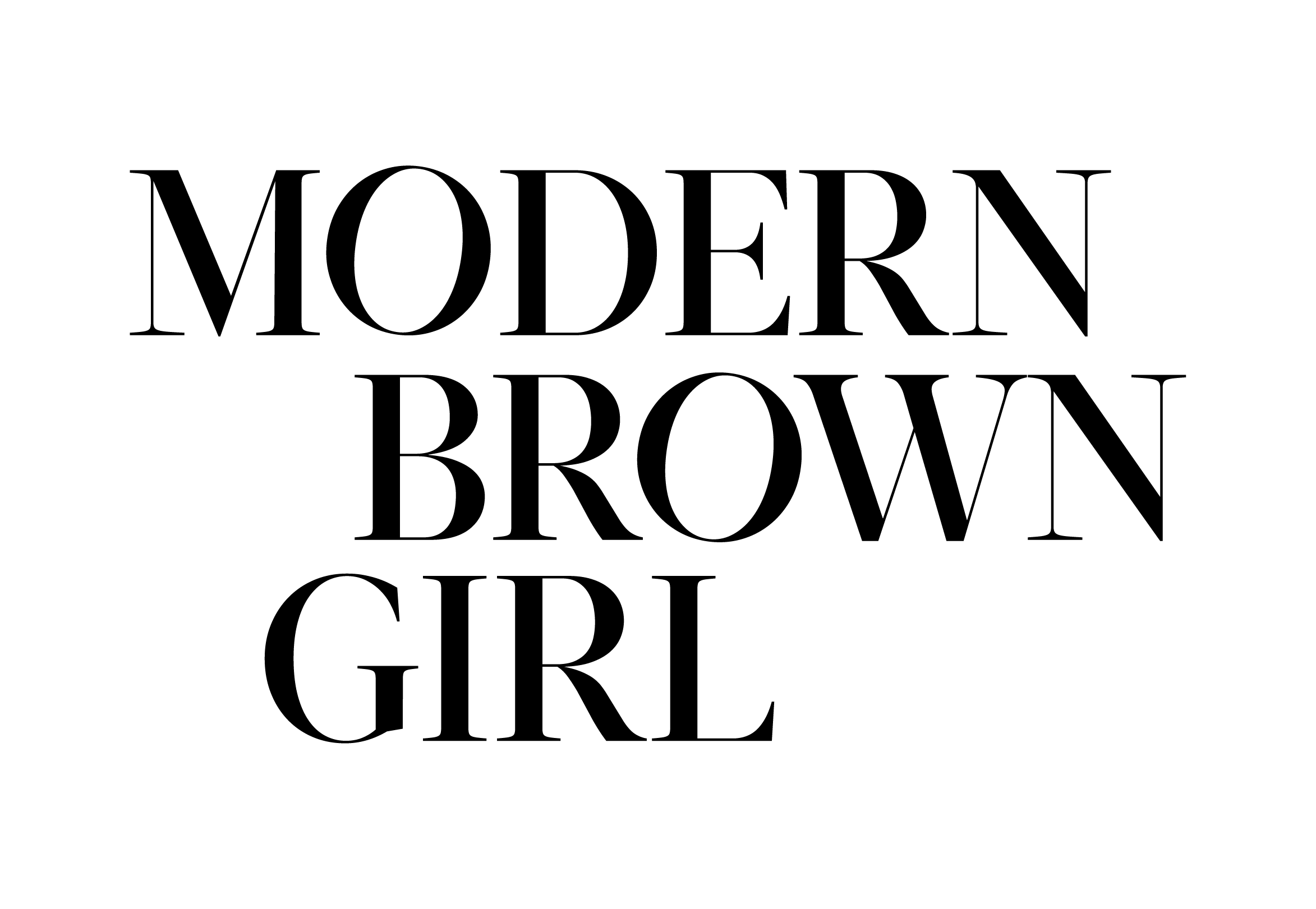How COVID-19 Magnifies the Disparities of Black and Brown Communities
COVID-19 has only served to further emphasize the disparities of black and brown people in this country. Specifically in Chicago, blacks account for at least 45 percent of all COVID-19 deaths, despite being just 30 percent of the city’s population. And those numbers are down from weeks ago when blacks accounted for 70 percent of deaths.
Most recently though, it’s the Latino population who’s taken the blow. So much so, Mayor Lori Lightfoot called for extra efforts to address the staggering increase in cases. Across Illinois, Latino-majority areas have the highest number of confirmed cases, and on average, tests in those areas come back positive 41 percent of the time. Specifically, Little Village, Brighton Park, Gage Park, Chicago Lawn, and Belmont Craigin — all predominantly Latino neighborhoods — all predominantly lower-income — have the most coronavirus cases in the state, according to the Illinois Department of Public Health.
Statewide, 3,000 people have died from the virus — about 15 percent were Latinos while 34 percent were black, according to public health data. But Latinos make up 25 percent of confirmed cases, surpassing blacks who account for nearly 20 percent.
And while the number of deaths among Latinos remains significantly lower than for whites and blacks, the number of infections is staggering. More than 60 percent of all Illinois Latinos tested for COVID-19 got positive results, and Latino infections are doubling at a faster rate than other ethnicities.
“Even before the pandemic swept the globe, there was a 26-year difference in life expectancy between Chicago’s Streeterville neighborhood and North Lawndale neighborhood.”
“The Latino community is being silently decimated by the coronavirus," Rep. Jesús "Chuy" García, D-Ill., told NBC News in a statement. "If we are serious about controlling the spread of COVID, our country cannot have a plan that ignores Latinos and the conditions we are living in during these times … Our health outcomes should not be determined by ZIP code, last name, or country of origin.”
Yet sadly, we know it does. Even before the pandemic swept the globe, there was a 26-year difference in life expectancy between Chicago’s Streeterville neighborhood and North Lawndale neighborhood. In Streeterville, the life expectancy is 90 and in North Lawndale, it’s 64. Today, not surprisingly, those neighborhoods are also at opposite ends of the coronavirus spectrum: Streeterville has one of the lowest case rates, North Lawndale one of the highest.
Though many community leaders believe the real number of infections to be higher than reported because there is no ethnic data provided on more than half the total number of tests completed statewide.
Increased testing is believed to be just one of the reasons behind the trend, however, factors like underlying health conditions, language barriers, multiple-generation households and mistrust of medicine in both black and brown communities weigh heavily on a person’s health outcome and have been key factors in health disparities throughout history.
In the black community, the mistrust of medicine dates back decades, sometimes referred to as the “Tuskegee effect,” from the 1930s government experiment that opted out of treating hundreds of black men with syphilis unbeknownst to them for 40 years. I can only imagine how grave we will find the impact of COVID in the black and brown communities to really be in years and decades to come.
Even so, though shocking in nature, none of these facts are surprising. Blacks and browns have historically remained disadvantaged because of their zip codes, languages, skin colors, education, and countries of origin. And we only seem to matter when it’s too late. In hindsight. When the damage is already done.
“The systems that have always suppressed black American lives are still with us and they are rearing their ugly heads through this crisis,” said Raquel McGee, founder of Black Women Organizing for Power (BWOP Chicago).
There are many things people are hoping will be different once we all come out of this. Many black and brown people sadly won’t. The one thing I’m hoping for is change. Real, lasting, and impactful change that helps to give my fellow black and brown people, the ones that do make it out, a fighting chance for once. Because pandemic or not, this country has been claiming the lives of black and brown people for far too long. COVID-19 has only served to further emphasize that grim fact.
“We’ve never dealt with the legacy of redlining and segregation and stolen wealth. We’ve never really reckoned with that and now our chickens are coming home to roost,” McGee said.
“The time is now for substantive real change. It’s not going to be acceptable any longer to sell us rainbows and a pot of gold. Bring us to the table.”
I couldn’t agree more.



Judith Ruiz-Branch is a passionate storyteller with a strong background in broadcast news. Judith has contributed to news media across Chicago including CLTV, WGN-TV, WBEZ, Rivet Radio, Crain's Chicago Business, and Modern Brown Girl.
Twitter: @Jai-RB